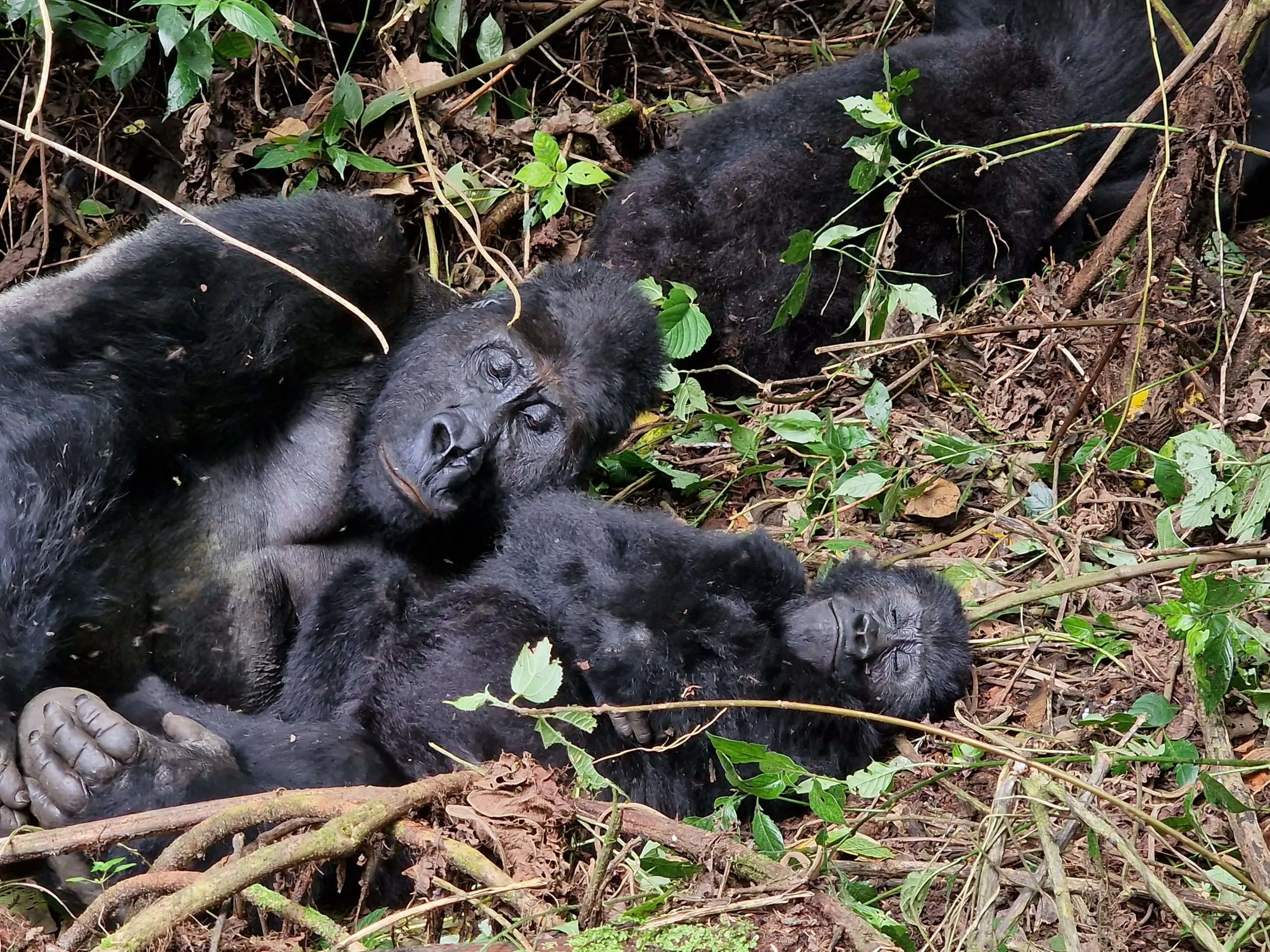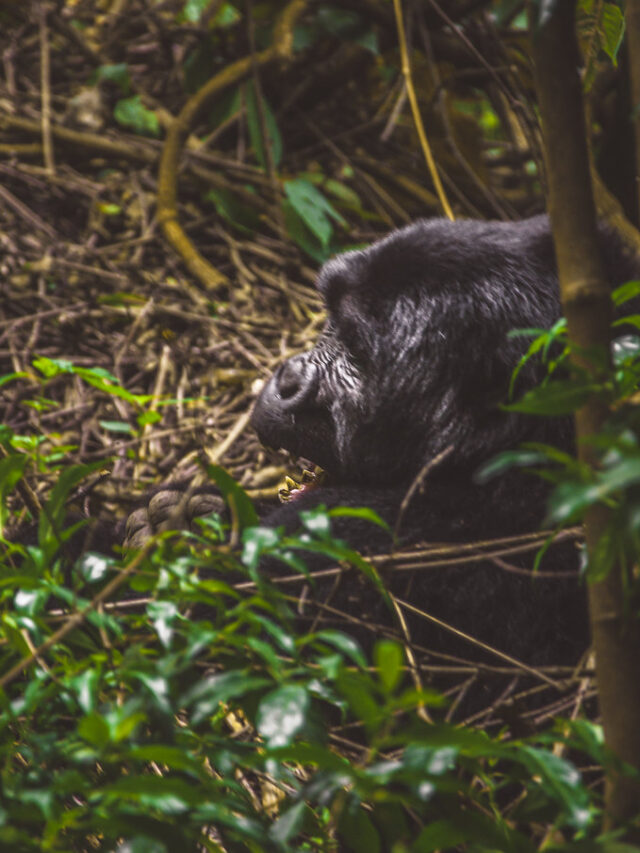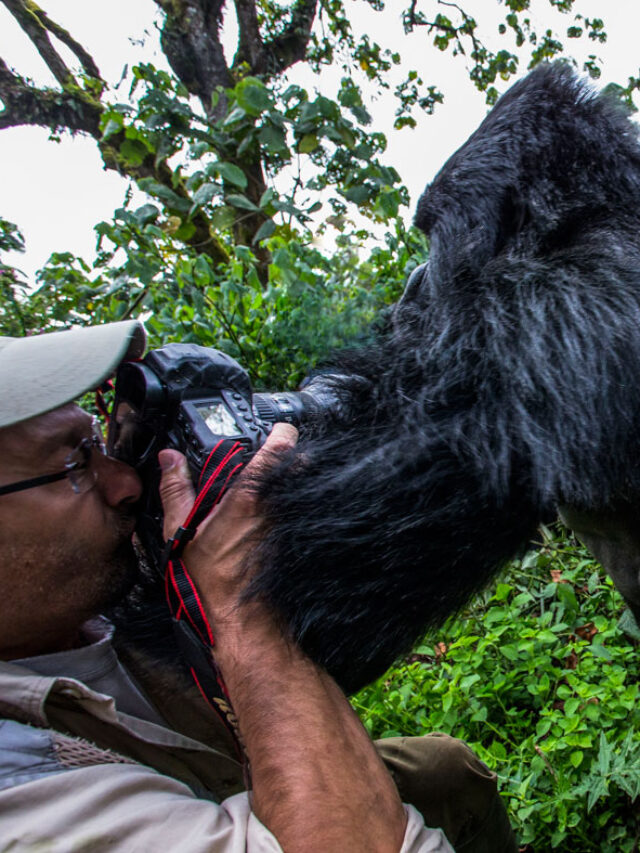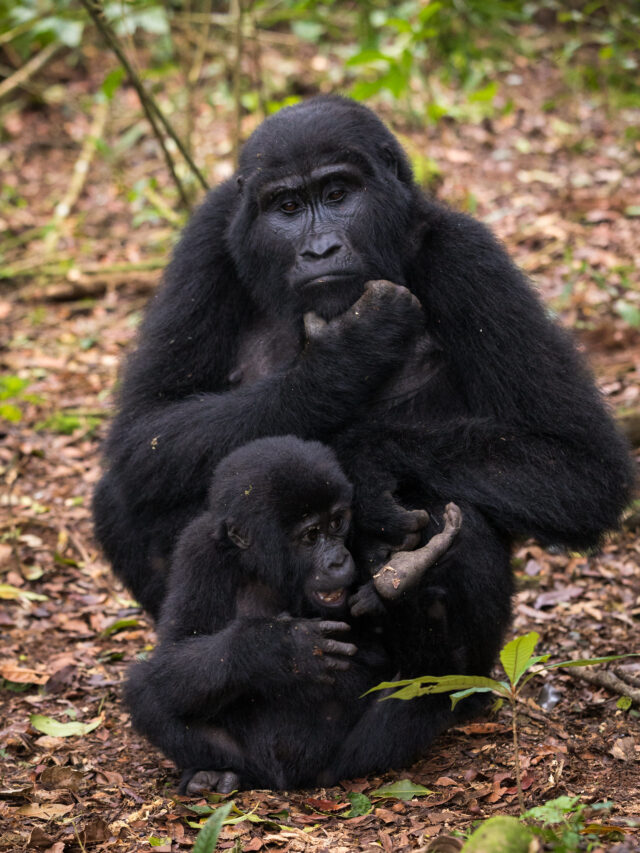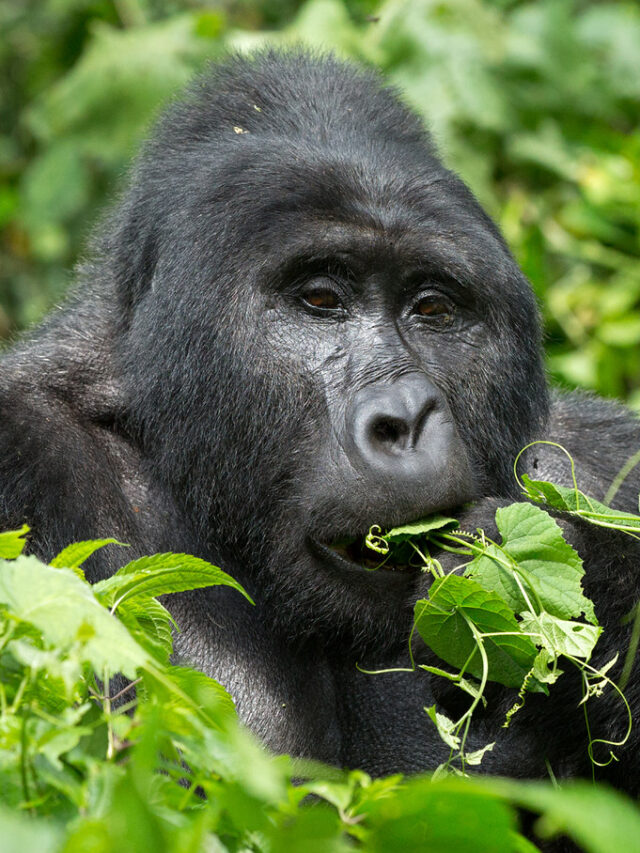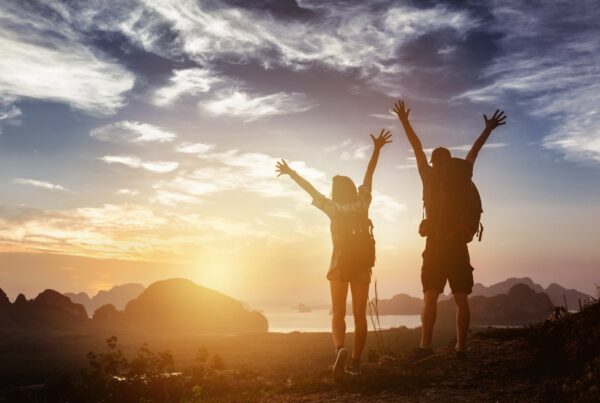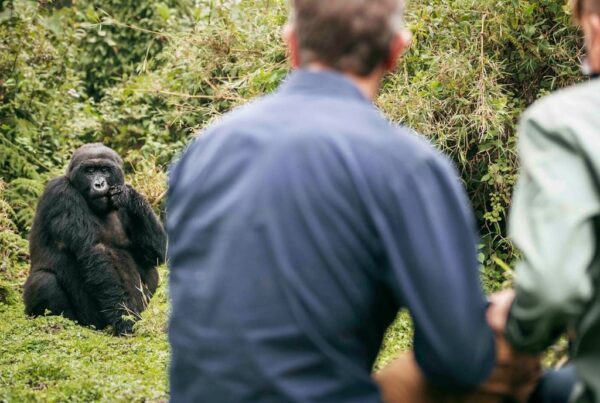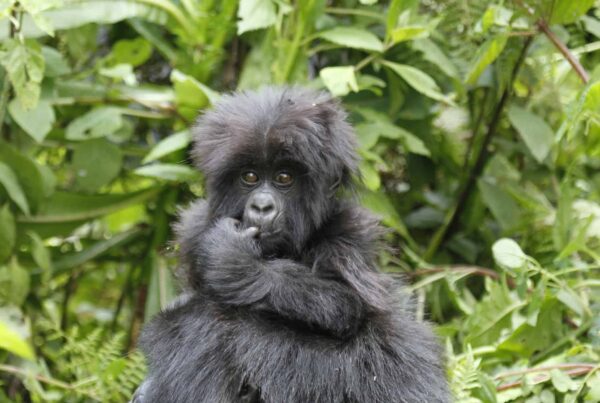Gorilla Trekking Eligibility – Who Can Trek With Gorillas in Uganda & Rwanda?
Introduction: A Journey Not for Everyone, But for the Right Reasons
Gorilla trekking is one of the most powerful wildlife experiences on Earth, immersing you in the deep, mist-covered forests of East Africa where endangered mountain gorillas roam. But before you pack your boots and grab your camera, it’s important to understand that not everyone is automatically eligible for this adventure. Trekking to see gorillas in their natural habitat is both a privilege and a responsibility. The forests of Bwindi and Mgahinga in Uganda, along with Rwanda’s Volcanoes National Park, are protected sanctuaries—and access to them is strictly managed to protect the gorillas, the ecosystem, and the visitors themselves.
Gorilla Trekking Eligibility — This guide dives deep into what makes someone eligible to go gorilla trekking, both in terms of legal requirements and practical readiness. Whether you’re dreaming of your first trek or helping someone else plan, this knowledge will ensure that you’re not just ready for the experience—you’re also respecting what it takes to make it possible.
Minimum Age Requirement: Who Is Legally Allowed to Trek?
The first and most non-negotiable criterion for gorilla trekking eligibility is age. In both Uganda and Rwanda, you must be at least 15 years old to participate in a gorilla trek. This age limit is strictly enforced by park authorities for multiple reasons.
Firstly, gorilla treks often involve long, steep, and muddy hikes through dense rainforests, sometimes taking several hours in unpredictable weather. Children under 15 are considered too young to handle such physical challenges safely.
Secondly, gorillas are incredibly sensitive animals, and their behavioral responses can be unpredictable around high-pitched voices, sudden movements, or nervous energy. Since teenagers and adults are more likely to follow instructions, stay calm, and maintain distance, the age restriction helps protect both humans and gorillas during interactions.
If you’re traveling as a family, and someone under 15 is in your group, it’s recommended to plan alternative nature or cultural activities for them on the day of the trek—there are plenty of enriching experiences around the parks that don’t involve gorilla tracking.
Health Status: Why Illness Can Disqualify You from Trekking
One of the most overlooked, yet vital, eligibility requirements is your health—particularly regarding contagious diseases. Mountain gorillas share approximately 98% of their DNA with humans, which makes them highly susceptible to human illnesses, especially respiratory infections. Even a common cold can be deadly to them.
Park authorities take this extremely seriously. If you show symptoms of flu, cough, fever, or any other contagious illness on the morning of your trek, you will not be allowed to participate, even if you’ve paid for your permit. This is not only to protect the gorillas but also to safeguard the overall health of the group and the environment.
If you’ve been feeling unwell before your trek, be honest with yourself and the park rangers. It’s far better to reschedule or defer your trek than to risk endangering one of the world’s most vulnerable species. Some tour operators offer flexible rescheduling options in case of illness, especially with proof from a medical officer.
Physical Fitness and Mental Readiness: Preparing Yourself for the Challenge
Gorilla trekking is not a typical wildlife safari where you sit comfortably in a vehicle. It’s an immersive and sometimes grueling hike that can range from one hour to a full day, depending on where the gorilla families are located. The terrain is steep, the trails are sometimes non-existent, and the weather can shift rapidly. You may need to walk through thick undergrowth, cross streams, climb slippery hills, and descend narrow ravines.
You do not need to be an elite athlete, but a reasonable level of physical fitness is crucial. If you have chronic health conditions like heart disease, joint issues, or asthma, consult your doctor before booking the experience. In Uganda, special arrangements can sometimes be made for those with limited mobility, such as hiring a sedan chair with porters to carry you through the forest—but this must be arranged well in advance.
Equally important is mental readiness. Trekking can test your patience, especially if the gorillas are located far from your starting point. A flexible attitude, emotional maturity, and a calm presence are key. You’ll need to follow instructions closely from rangers, maintain silence during sightings, and respect strict rules about distance and behavior around the gorillas.
Permit Requirements and Booking in Advance
No one can trek without a valid gorilla permit issued by either the Uganda Wildlife Authority (UWA) or the Rwanda Development Board (RDB). These permits must be booked in advance—sometimes months ahead—especially during the high season (June to September and December to February). Each permit grants you one hour with a habituated gorilla family, and permits are strictly limited to protect the gorillas from stress caused by human presence.
To be eligible to book a permit, you must provide:
- Your full passport information
- Proof of age (you must be 15+)
- Full payment in advance
Once your permit is secured, you’ll be assigned to a gorilla family on the day of the trek based on your physical ability, age, and fitness level. Rangers often divide groups to ensure that every trekker has a manageable experience, whether you’re a seasoned hiker or prefer a shorter, gentler walk.
Respect for Conservation Ethics and Local Rules
To be truly eligible for gorilla trekking, it’s not enough to meet the physical and legal requirements. You must also agree to uphold the conservation ethics that surround this experience. This includes following park rules strictly, which are designed to protect gorillas and their fragile environment. These rules include:
- Keeping at least 7 meters (21 feet) away from the gorillas
- No eating, drinking, or loud talking near them
- Never attempting to touch them
- Spending only the allotted one hour with the group
- Following ranger instructions at all times
These aren’t suggestions—they’re essential behaviors that every trekker must commit to before stepping into the forest. Respecting these principles isn’t just about following rules—it’s about honoring the spirit of conservation and the future of gorilla populations in the wild.
A Privilege Earned, Not Just Bought
Gorilla trekking is a rare and intimate privilege. It’s not an experience that should be approached casually. From age restrictions to health checks, from fitness demands to ethical responsibilities, the eligibility requirements are there to ensure that both gorillas and visitors are safe, respected, and enriched.
If you meet these standards—not just physically, but emotionally and ethically—you’ll find yourself welcomed into a world that few people ever truly experience. In the heart of the jungle, face-to-face with a mountain gorilla, you’ll understand why such care is taken to protect them. And you’ll know that being eligible to trek isn’t just about who you are—it’s about the way you show up, with reverence, readiness, and respect.

